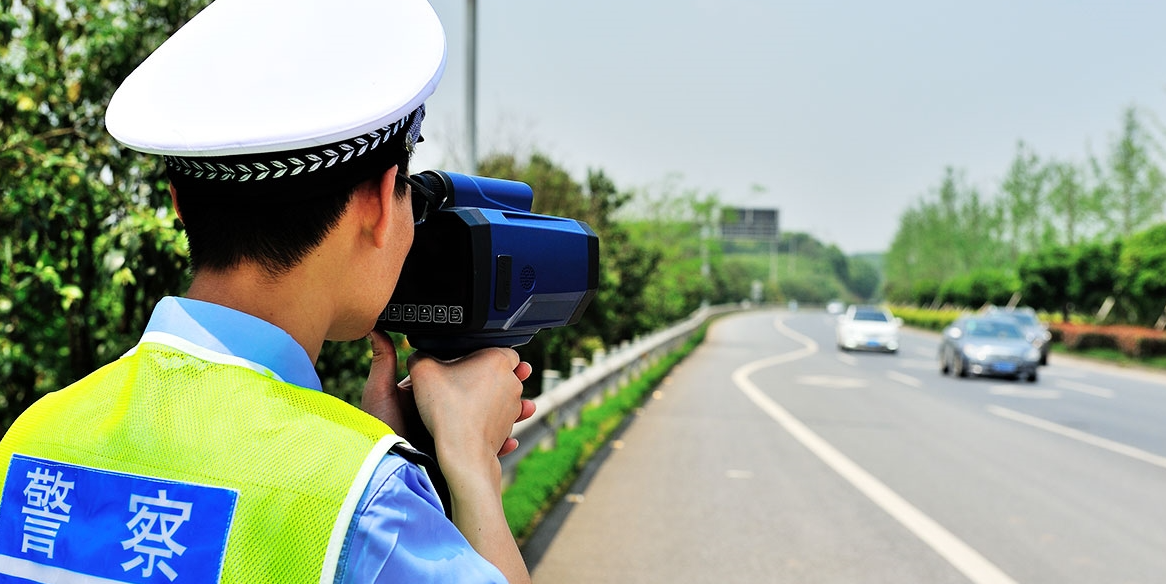The laser speed meter uses the principle of laser ranging. Laser ranging (i.e. electromagnetic waves, with a speed of 300,000 km/s) is to determine the distance between the measured object and the test point by emitting a laser beam to the measured object, receiving the reflected wave of the laser beam, and recording the time difference. The laser speed meter performs laser ranging on the measured object twice with a specific time interval, obtains the moving distance of the measured object during the period, and thus obtains the moving speed of the measured object.

The laser speed meter has the following characteristics:
① The speed measurement distance is far from the effective distance of the radar speed measurement, and can measure a distance of 1200 meters;
② The speed measurement accuracy is high, and the error is <1200 meters/hour;
③ Since the laser speed measurement is measured by laser reflection, if the measured vehicle is far away and in a moving state, the success rate of laser speed measurement will be low and the difficulty will be high;
④ It can only be used in a stationary state;
⑤ The evidence collection ability is far greater than that of the radar speed meter, so it is widely recognized and promoted all over the world.
In response to the shortcomings of laser speed meters, laser Doppler speed meters have emerged, which have the advantages of non-contact measurement, high accuracy, small measurement points, fast dynamic response, and the ability to measure multi-dimensional speeds and determine speed directions.
Application scenarios:
There is a new type of laser speed meter called a laser speed measurement evidence system, which includes a laser speed detector and a camera for measuring vehicle speed. When in use, the speed meter tests the speed of each passing vehicle. Once the speed meter finds a speeding vehicle, it will automatically capture an image of the illegal vehicle and record the time and target speed at that time. It is a new type of traffic management law enforcement tool that provides a reliable technical evidence collection method for the governance of speeding violations.


